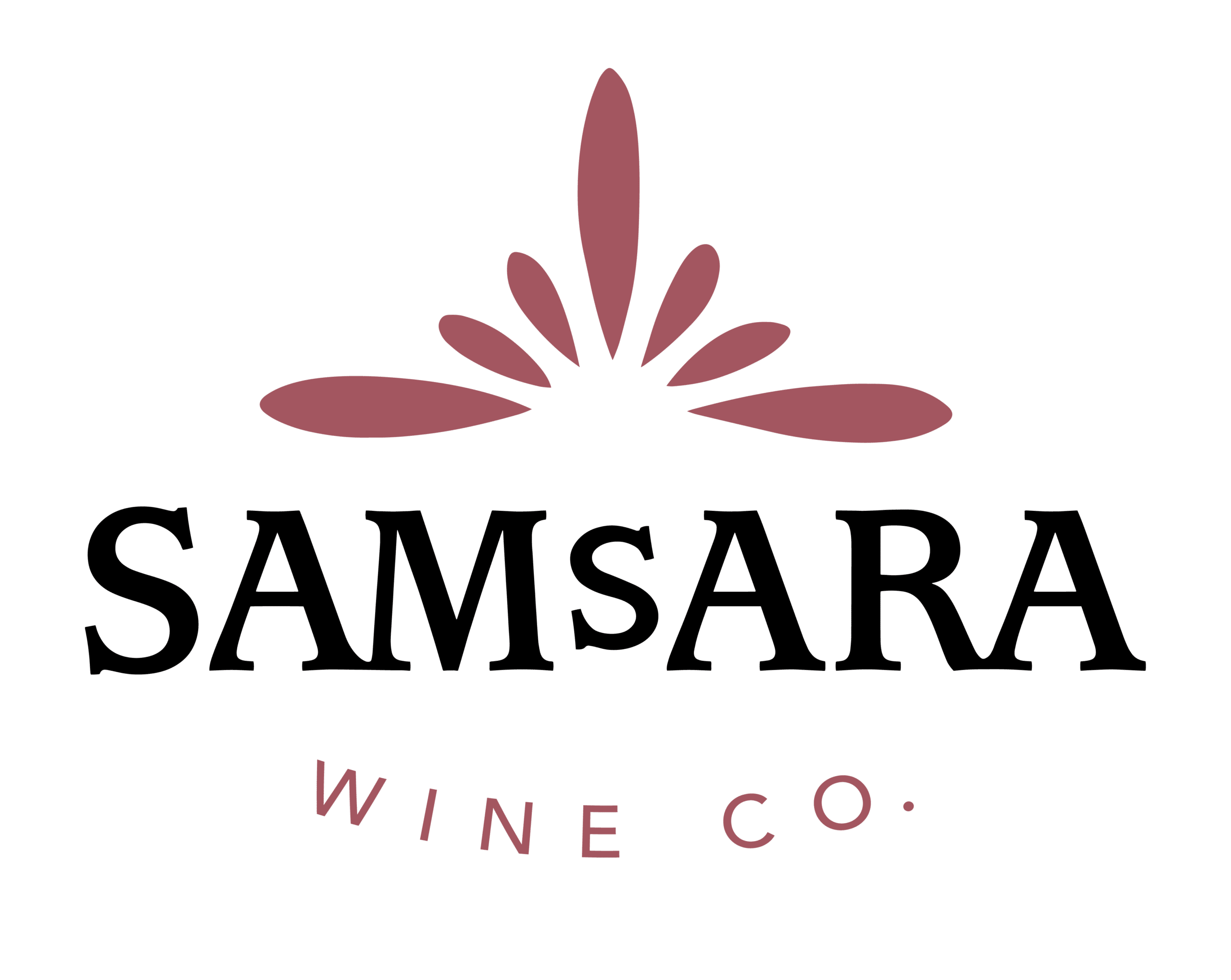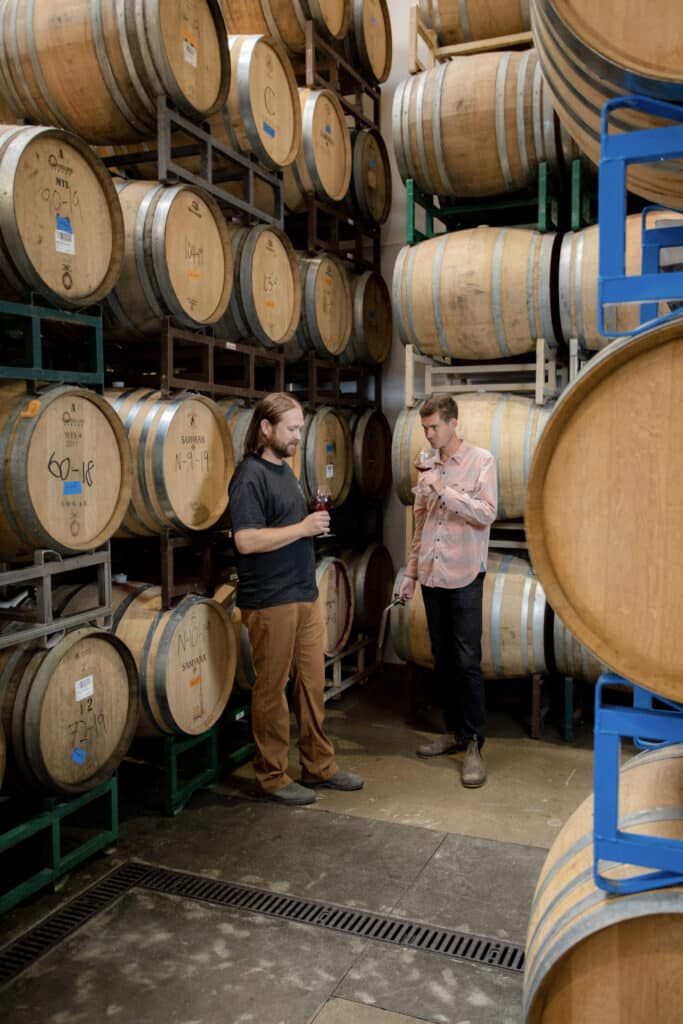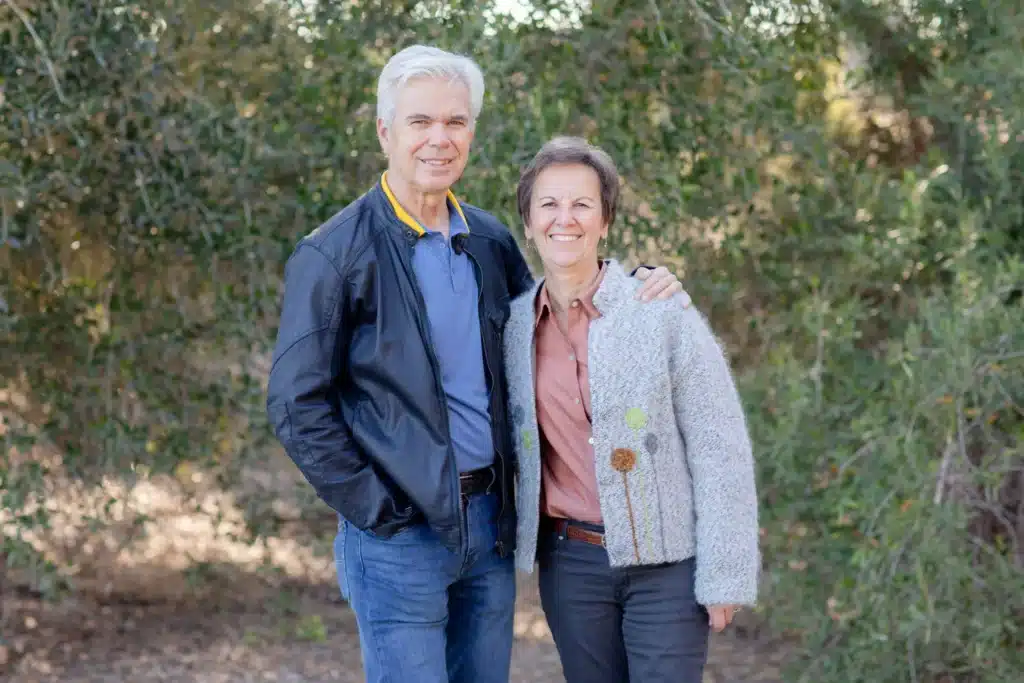No products in the cart.
Winemaking In Times of Drought
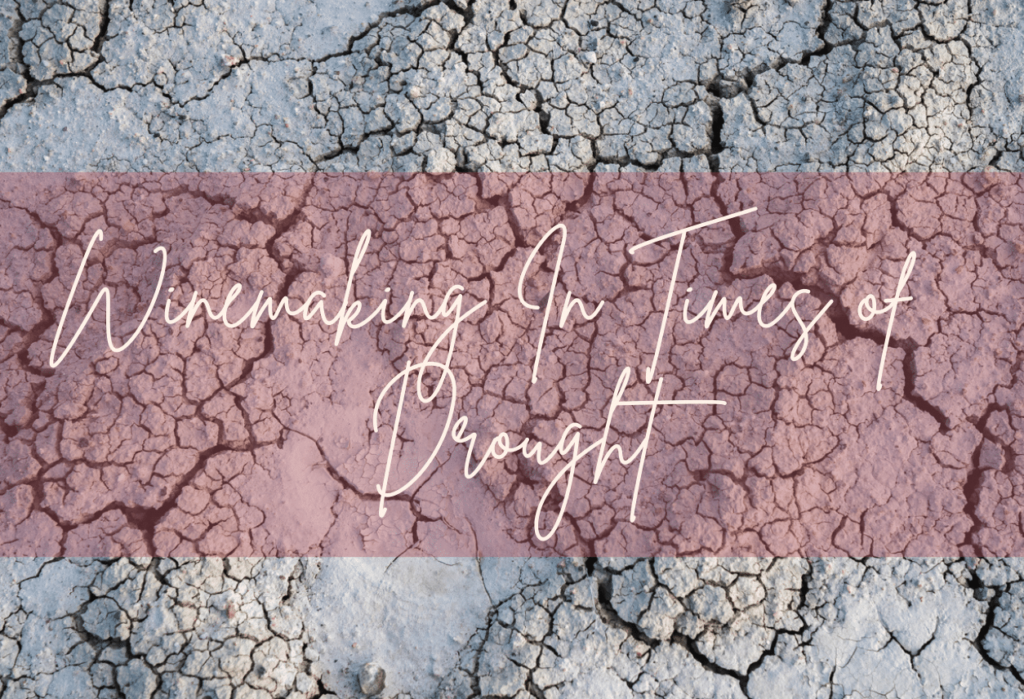
When several early season storms landed in October and December 2021, many of us were hopeful that California was setting up for a wet winter season. But when our Fall weather pattern gave way to the driest January, February, and March in California’s recorded history, we knew to brace for yet another drought.
Since drought is again at the forefront of our minds, Matt and Miles sat down to discuss past periods of drought, what we can learn from them, and how SAMsARA is actively working to mitigate the effects of drought in 2022 and beyond . . .
Miles: Periods of drought have been a fact of life in the Western United States and specifically California for as long as we know. However, the effects of human-caused climate change have made periodic droughts both more frequent and more severe, with this year, 2022, now taking the distinction as being California’s driest on record. Do you recall any previous years that have been this dire?
Matt: Unfortunately, in the modern era of California winemaking, it is more common than not to be working under drought conditions. In the 18 harvests I have been a part of the industry in Santa Barbara, the wild majority of those years have been under drought conditions.
To answer your question, we haven’t quite been in as dire of a situation as 2022 is shaping up to be, but we’ve had our fair share of challenging drought years. We just need to hope that we don’t get a double whammy of both warmer than normal temperatures and really dry conditions. That combination makes for some very hard times for both the vines and the winemaker alike!
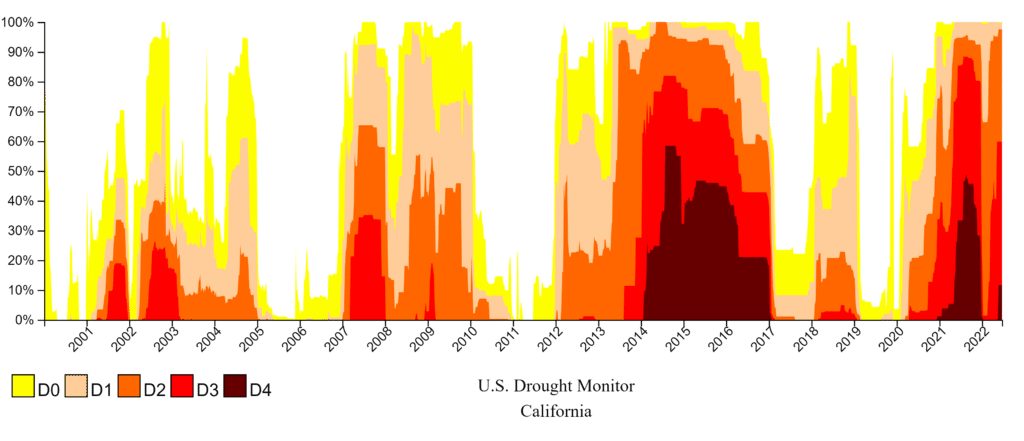
Miles: Walk me through a few vintages during your time that might shed some light on what 2022 might shape up like.
Matt: Sure thing. Let’s look back to 2009, which was a really warm year– the vines were stressed, they produced smaller yields, and the fruit wanted to get really ripe. So there were really some challenges there, especially with the style of wine that we try to make, that really aims for balance and freshness.
2015 is another vintage that stands out, where we were on the tail end of that same six-year drought. It was an exceptionally hot year that was very uncharacteristic for our part of the world . . . so hot that we didn’t really get the protective marine layer and cool fog that we’re used to.
Because of the heat, plus the high levels of stress on the vines due to the extended drought conditions, we ended up with a really powerful vintage with really big, ripe flavors. And again, that’s a style of wine that really doesn’t fit for SAMsARA. So, as you can imagine, we’re really focused on trying to mitigate those risks wherever possible and to be nimble with our winemaking so that we can take on the environmental challenges that are presented during any drought year.
Miles: Are there any benefits to winegrowing, winemaking, in a drought year?
Matt: I don’t know if there are any benefits, but people like to say that vines need to be stressed to produce high-quality fruit. So a little bit of stress isn’t a bad thing and following that logic, dry conditions can increase stress on our vines. However, long lasting droughts, three, four, five, six years are too much. It’s okay if we have a couple dry years and followed by a wet year to replenish and re-balance the vineyards, but prolonged droughts that really put things at risk and the high levels of stress on the vines year after year can have a negative cumulative impact on vineyard health and fruit quality.
Miles: With approximately 80 percent of water in California used for agriculture, serious water shortages can have major impacts on agriculture at large and winemaking specifically. At the end of the day, winemaking is dependent on having enough water to make sure grapevines are able to flower, grow canopy, and sustain and ripen fruit. Does lack of water put all of that at risk?
Matt: There’s definitely a risk factor involved with drought conditions and lack of water, but there are some things that we do as part of our business to try to mitigate these risks. Most importantly among those things is deciding which parts of Santa Barbara County, and more specifically, Sta. Rita Hills are best for our fruit sources. For Pinot Noir specifically, we’ve really doubled down on sources from the very west end of Santa Rosa Road in the southwest corner of the Sta. Rita Hills AVA. And, interestingly enough, in addition to being extremely cool most years, there is actually quite a bit of usable groundwater from springs that keep the groundwater levels reasonably high.
At Rancho La Viña, for instance, which is our biggest vineyard partner for Pinot Noir, they’ve adopted a strategy of dry farming the vineyard with little to no irrigation throughout the growing season and this is possible because there is so much groundwater on their property. That strategy really seems to be paying off. The stress on the vines is in a bit of a sweet spot and forces the roots to go deeper and pull up the available groundwater. But it’s also a great way to train the vines to thrive in a low-water environment.
Luckily, our choices have paid off with those super cool climate vineyards in particular, like Rancho La Viña, La Encantada, Bentrock, and Radian. They actually are less impacted by the drought conditions than other areas of the county that have less available groundwater and can get considerably warmer during Summer months.
Our vineyard partners within Sta. Rita Hills are really the coolest part of our whole county and are historically the most insulated from extreme weather conditions. Because it’s cooler, because it’s foggier, there’s a little bit less demand from the plants for irrigation. I definitely sleep better at night knowing two things: that if we have an extreme heat event, it’s not gonna be as extreme on that west part of Santa Rita Hills and compromise our crop and that our vines aren’t going to demand much irrigation because they’ve been acclimated to that low irrigation approach to viticulture.
Miles: Looking into the future, what do you think will have to change within California winemaking at large and at SAMsARA to adapt as quickly as the climate and associated weather patterns are changing?
Matt: Well, I think for the wine industry at large, transitioning to farming practices that require less irrigation is going to be necessary. Less water means lower yields. For big, commercial wineries high yield is really important because that’s where all their profit margin is.
The winemaking practices of some of the bigger operations are going to have to change drastically in order to adapt to the rising average temperatures and reduced average rainfall . . .
For super premium vineyards and wineries, we actually want lower, more balanced yields and are more focused on quality over quantity. Having more moderate yields as a result of dry farming or less irrigation falls in line with our quality standards, so we’re a bit ahead of the game there.
Miles: In the winery, what can you do to reduce your water usage or reliance on fresh water?
Matt: We religiously track our water usage to ensure we’re always being thrifty with our water usage at the winery. We have also recently purchased some equipment that helps us use less water, specifically with our barrel cleaning.
Barrel cleaning is one of the most water-intensive processes that we do here at the winery. So we invested in a steam machine that saves a ton of water versus a traditional barrel washer. A traditional barrel washer uses 3-5 gallons per minute or 180 /hour. The steam machine, called Swash, uses 6-7 gallons per hour! With nearly 200 barrels that need cleaning, this water saving measure has been an extremely important point of improvement for us.
Miles: Well Matt, as usual, it has been an incredibly informative chat. Thanks for taking the time. Until next time.
